A complete guide to Anaphylaxis first aid
Anaphylaxis is the most severe form of allergic reaction and is potentially life threatening. It must be treated as a medical emergency, requiring immediate and urgent medical attention.
Anaphylaxis occurs after exposure to an allergen (usually to foods, insect stings or medicines), to which a person is already extremely sensitive. It results in potentially life threatening symptoms, which include: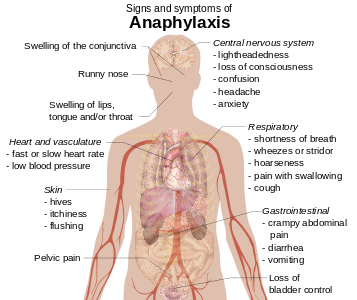
- difficult/noisy breathing
- swelling of tongue
- swelling/tightness in throat
- difficulty talking and/or hoarse voice
- wheeze or persistent cough
- loss of consciousness and/or collapse
- pale and floppy (in young children)
In some cases, anaphylaxis is preceded by less dangerous allergic symptoms. Symptoms can include:
- swelling of face, lips and eyes
- hives or welts on the skin
- tingling mouth
- stomach pain, vomiting (these are signs of a mild to moderate allergic reaction to most allergens, however, in insect allergy these are signs of anaphylaxis)
Several factors can influence the severity of anaphylaxis, including exercise, heat, alcohol and in food allergic people, the amount eaten, how it is prepared and consumed.
Common Anaphylaxis triggers
Food
Milk, eggs, peanuts, tree nuts, sesame, fish, shellfish, wheat and soy are the most common food triggers, (90% of allergic reactions). In some people even a very small amount of food can cause a life- threatening reaction. Some extremely sensitive individuals can react to just the smell of particular foods being cooked (e.g. fish) or even kissing someone who has eaten the food they are allergic to.
Bites and stings
Bee, wasp and ant stings are the most common triggers of anaphylaxis.
Medication
Medications, both over the counter and prescribed, can cause anaphylaxis. Individuals can also have anaphylactic reactions to herbal or ‘alternative’ medicines.
First aid for Anaphylaxis
- Call for emergency medical help
- For food allergy: if the allergen is still in the mouth, spit it out and rinse the mouth out
- For insect allergy: flick out the sting if it can be seen (but do not remove ticks)
- Locate and give adrenaline auto-injector (‘EpiPen’ / ‘AnaPen’ / ‘Jext’)
Further adrenaline doses may be given if there is no response after 5 minutes.
If in doubt, give the adrenaline autoinjector! Adrenaline is life saving and must be used promptly in order to effectively treat anaphylaxis.
Want to learn more about Anaphylaxis? Sign up to a free Online Anaphylaxis Awareness course to improve your knowledge.

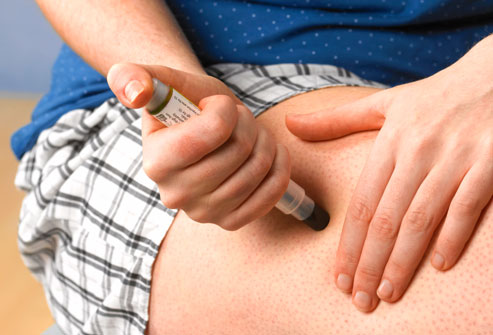
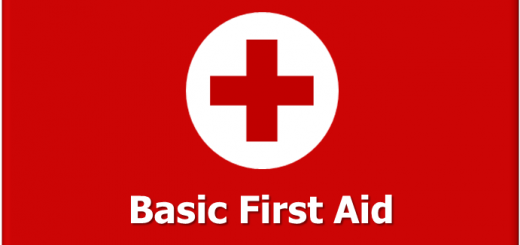

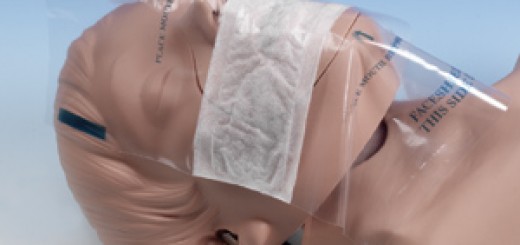

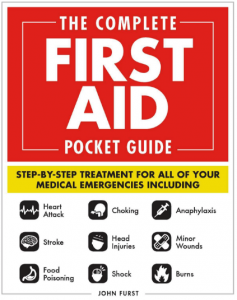
Good work, however, a poor photo choice, illustrating how to use an Auto-Injector. We MUST stress thumbs away, to prevent accidental NeedleStick injury & error during administration. Otherwise, liking. Keep up the good work.